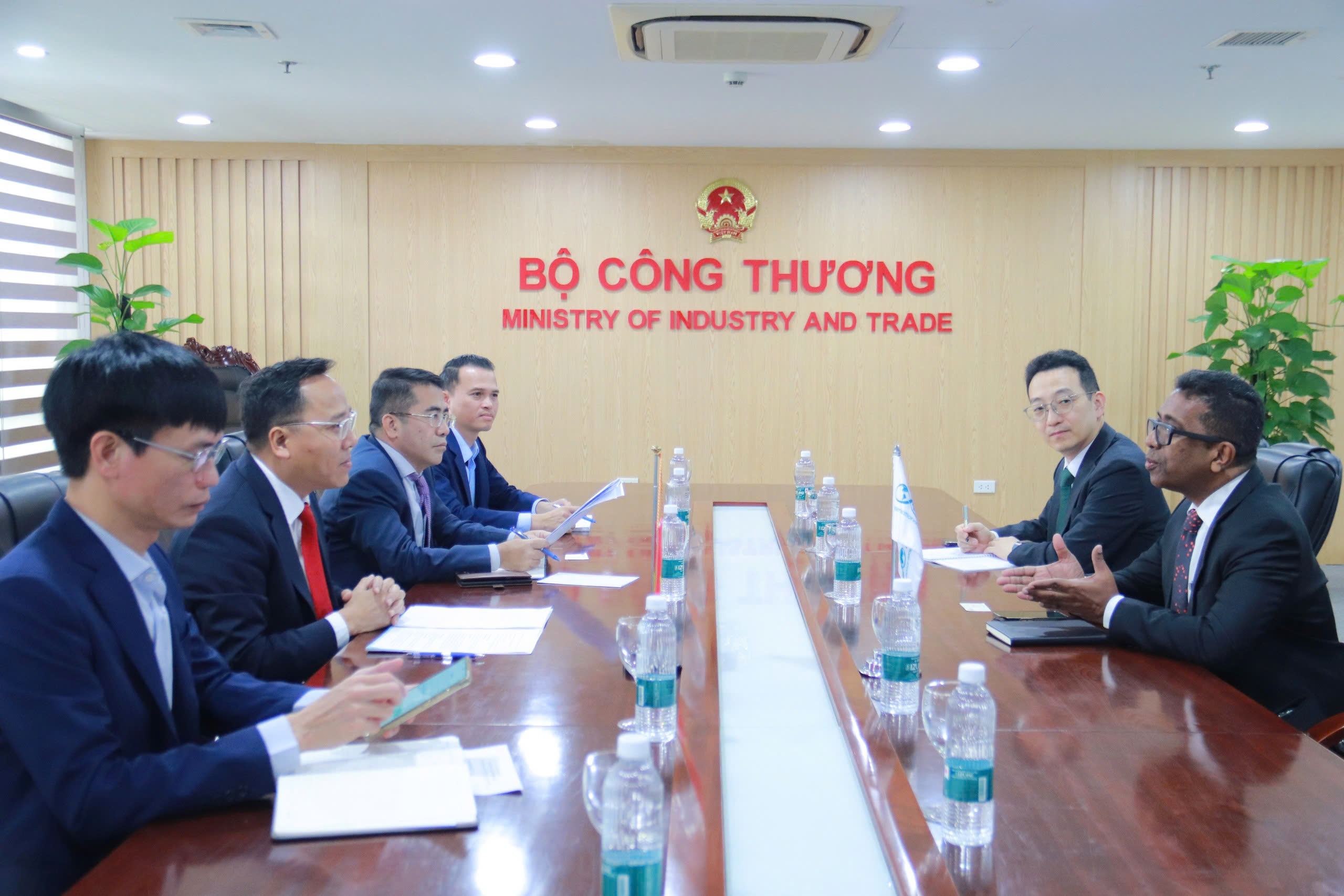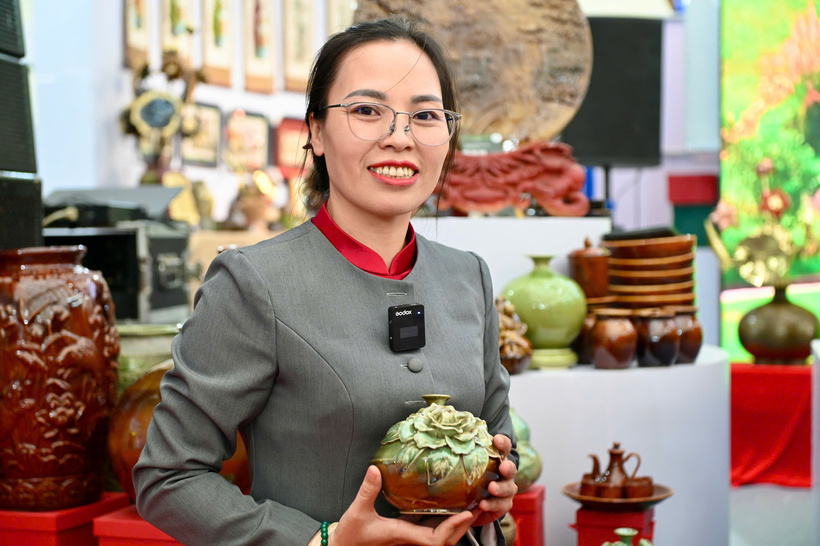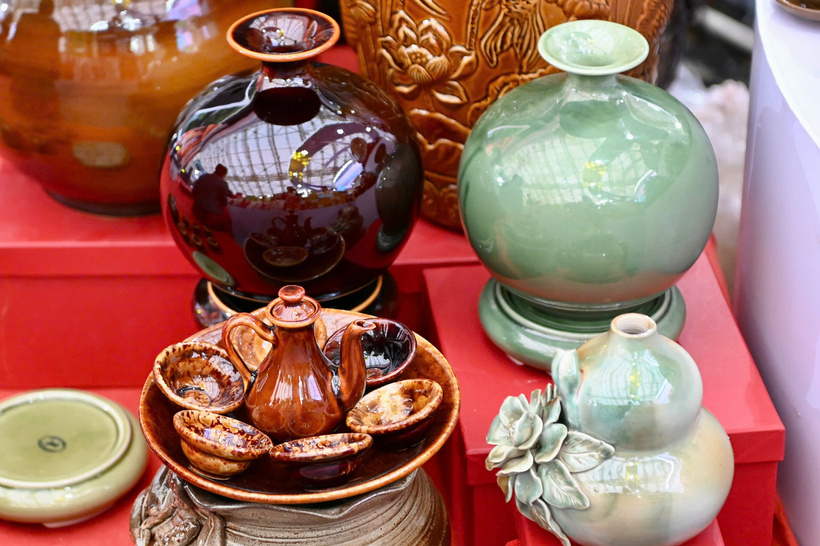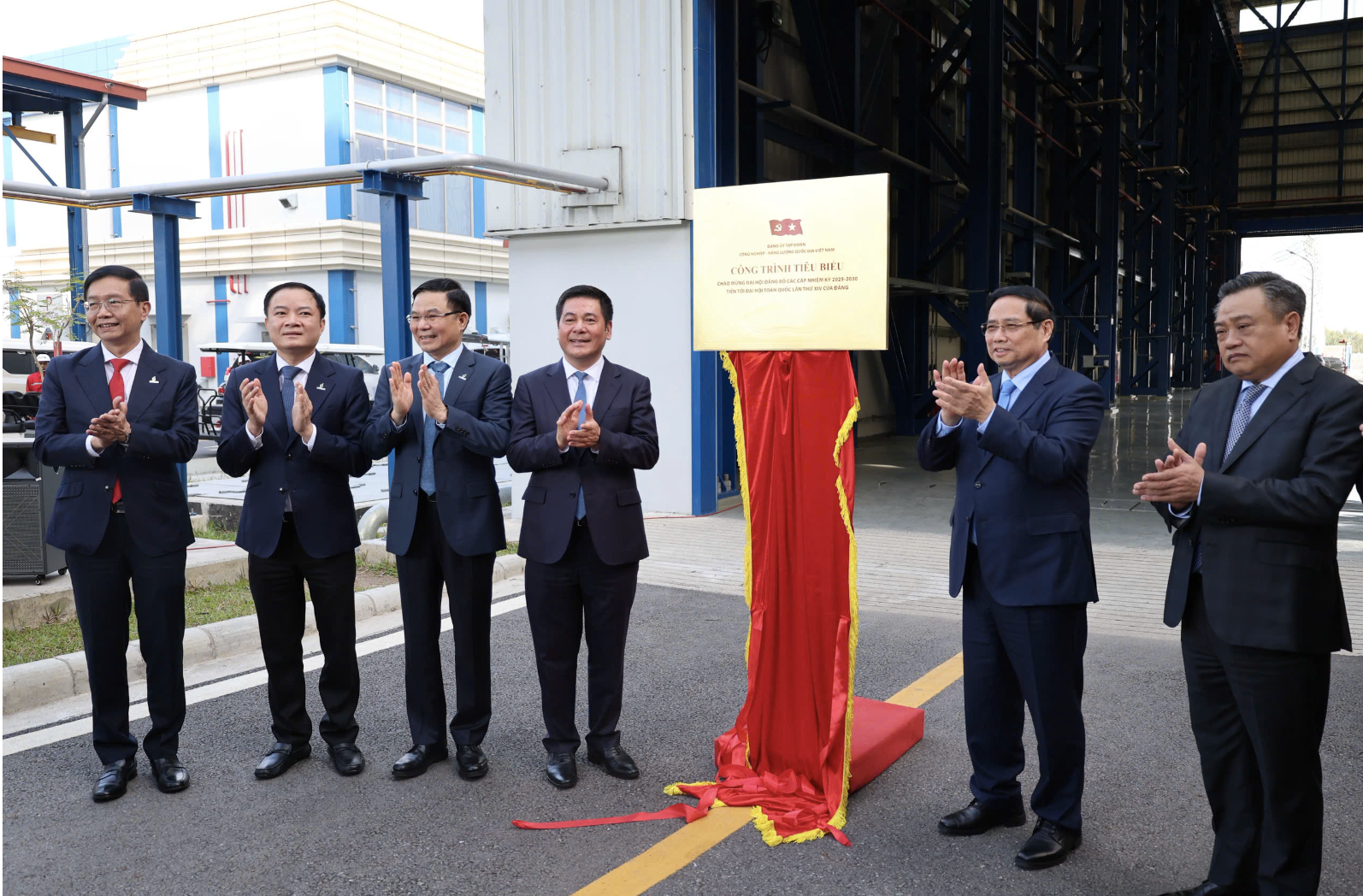
Viet Nam joins IRENA, expands cooperation on renewable energy
19:05 | 23/03/2025 11:10 | 16/12/2025Cooperation
Preserving ancient pottery, creating new values
For generations, in the heart of the culturally rich Kinh Bac region, Phu Lang Pottery Village in Phu Lang Commune, Que Vo District, Bac Ninh Province has kept its kilns burning, safeguarding the heritage passed down by its ancestors. As one of the three most renowned ancient pottery centers in northern Vietnam, alongside Bat Trang in Hanoi and Tho Ha in Bac Giang, Phu Lang is regarded as a “living treasure” of Vietnamese ceramics.
In this heritage preservation journey, the Minh Tam Pottery and Tourism Cooperative, founded and operated by artisan Dang Thi Tam, has become a highlight of the fusion between tradition and creativity, cultural identity and modern economic thinking. From rustic clay sourced along the Cau River, Minh Tam has awakened a new pathway for Vietnamese pottery, one rooted in culture, aligned with tourism, and driven by sustainable branding.
“We preserve our traditional glaze formulas, eel-skin green glaze, honey-brown glaze, crafted from rice husk ash, alluvial mud, and natural local materials. Yet while honoring these traditions, we also innovate, using red, pink, and white clay to create brighter, more refined tones that suit modern tastes”, Ms. Tam shared.

Artisan Dang Thi Tam, Director of Minh Tam Pottery and Tourism Cooperative, introduces visitors to the pottery-making process at Phu Lang Village, Bac Ninh Province.
From jars, vases, and burial caskets, the signature products of the ancient craft, the cooperative has expanded into diverse product lines: bowls, plates, vases, ornaments, and premium gifts. Each creation is an “artwork” that reflects skillful craftsmanship and creative expression.
“Preserving core traditions while embracing innovation is the only way for craft villages to survive and thrive”, Ms. Tam emphasized. This mindset has enabled Phu Lang pottery to move beyond the local market and become a distinctive blend of folk culture and global integration.
Previously sold mainly through traditional markets or agents, Phu Lang pottery has now reached domestic and international consumers thanks to e-commerce.
“Selling handcrafts online is not easy. We are used to working with clay and fire, now we must learn to film videos, livestream, promote products… But without change, the craft would remain confined within old boundaries”, said Ms. Tam.
With persistence and effort, the Minh Tam Pottery and Tourism Cooperative has built its presence on TikTok, Facebook, and Zalo. Each livestream becomes a storytelling space, sharing the history, the people, and the cultural value behind Phu Lang pottery. This approach has helped the brand spread naturally and authentically like never before.
Minh Tam’s products are ensured to be safe and user-friendly, free of lead, mercury, and heavy metals. “This is not only a quality standard but also an ethical commitment”, said Ms. Tam. The focus on safety has opened doors to demanding markets and laid the groundwork for future exports.
From a small workshop, Minh Tam has turned e-commerce into a “bridge” connecting the craft village with the modern market, enhancing product value and positioning Vietnamese pottery within the digital economy.
Alongside production and business expansion, Minh Tam is a pioneer in developing experiential tourism linked to the craft village, an approach that blends culture, education, and economic development. Visitors to Minh Tam’s workshop can witness the pottery-making process: shaping clay, glazing, firing, and even try it themselves, experiencing the meticulous artistry behind each step.
“Each visitor can craft a product of their own, maybe just a simple cup or bowl, but it carries real memories and emotions”, Ms. Tam said.
The model attracts not only domestic tourists but also international groups, schools, and organizations seeking practical learning experiences. It gives younger generations the chance to better understand pottery, cultural heritage, and the importance of safeguarding intangible traditions.
“Every tour here is a lesson without textbooks, where young people can touch the clay, the glaze, the memories of the nation”, Ms. Tam added. This interaction has turned the craft village into a distinctive cultural tourism destination that contributes to local economic growth.
Building a local brand through cultural identity
The story of the Minh Tam Pottery and Tourism Cooperative exemplifies cultural-driven economic development. By leveraging its traditional craft strength, enhancing visitor experience, and applying digital tools, Ms. Tam has positioned Phu Lang pottery within a value chain that spans tourism, trade, and media.
Products are not only sold directly to customers but also showcased at trade fairs, exhibitions, and promotion programs organized by the Ministry of Industry and Trade, the Bac Ninh Provincial Department of Industry and Trade, and trade promotion agencies. Each showcase is not only a market opportunity but also a way to share Vietnamese cultural stories with global audiences.
“We hope to receive more support in communication and market connectivity, especially to attract more tourists to the craft village”, Ms. Tam proposed. “When schools and tour operators include craft villages in their programs, traditional values will be revived, spread, and developed”.
The recognition of Phu Lang pottery today reflects a strong commitment to heritage and a forward-thinking vision. Beyond maintaining production, the Minh Tam Pottery and Tourism Cooperative has transformed traditional products into a cultural brand, where every vase and bowl carries a story of Vietnamese people and their homeland.

Phu Lang pottery products crafted by Minh Tam Cooperative feature traditional eel-skin and honey-brown glazes, harmoniously blending rustic charm with modern design.
By combining craftsmanship with experiential tourism, the model not only boosts product value but also promotes a sustainable cultural economy for local communities. In Bac Ninh, a province rich in heritage, developing craft villages tied to tourism is becoming a strategic direction in rural economic transformation.
Minh Tam’s journey has created a “dual spillover effect”: supporting product consumption while promoting the image of the homeland. Every visitor leaves Phu Lang not only with a ceramic souvenir but also with a piece of Vietnamese memory and identity.
Today, Phu Lang pottery is more than handicraft, it is emerging as a cultural brand of Bac Ninh, symbolizing the harmony between tradition and innovation. It proves that cultural preservation does not mean standing still but requires bringing heritage to new horizons.
Dang Thi Tam, Director of the Minh Tam Pottery and Tourism Cooperative, affirmed: “We make pottery not only for sale, but also to tell the story of Vietnamese people and Vietnamese land.” Through those stories, the Phu Lang pottery brand is reaching wider markets, helping strengthen Vietnam’s image as a nation that both preserves its identity and embraces global integration

19:05 | 23/03/2025 11:10 | 16/12/2025Cooperation

19:05 | 23/03/2025 10:18 | 15/12/2025News and Events

19:05 | 23/03/2025 21:02 | 14/12/2025Industry

19:05 | 23/03/2025 20:47 | 14/12/2025News and Events

19:05 | 23/03/2025 15:35 | 14/12/2025Trade